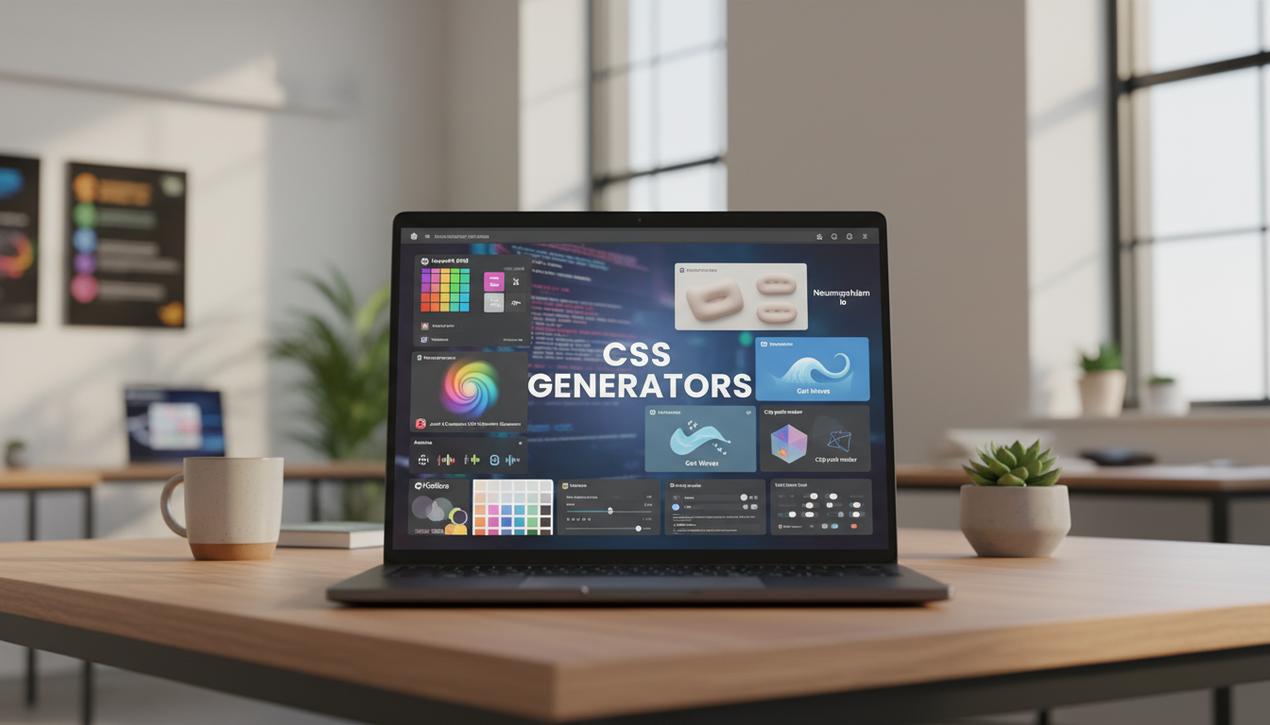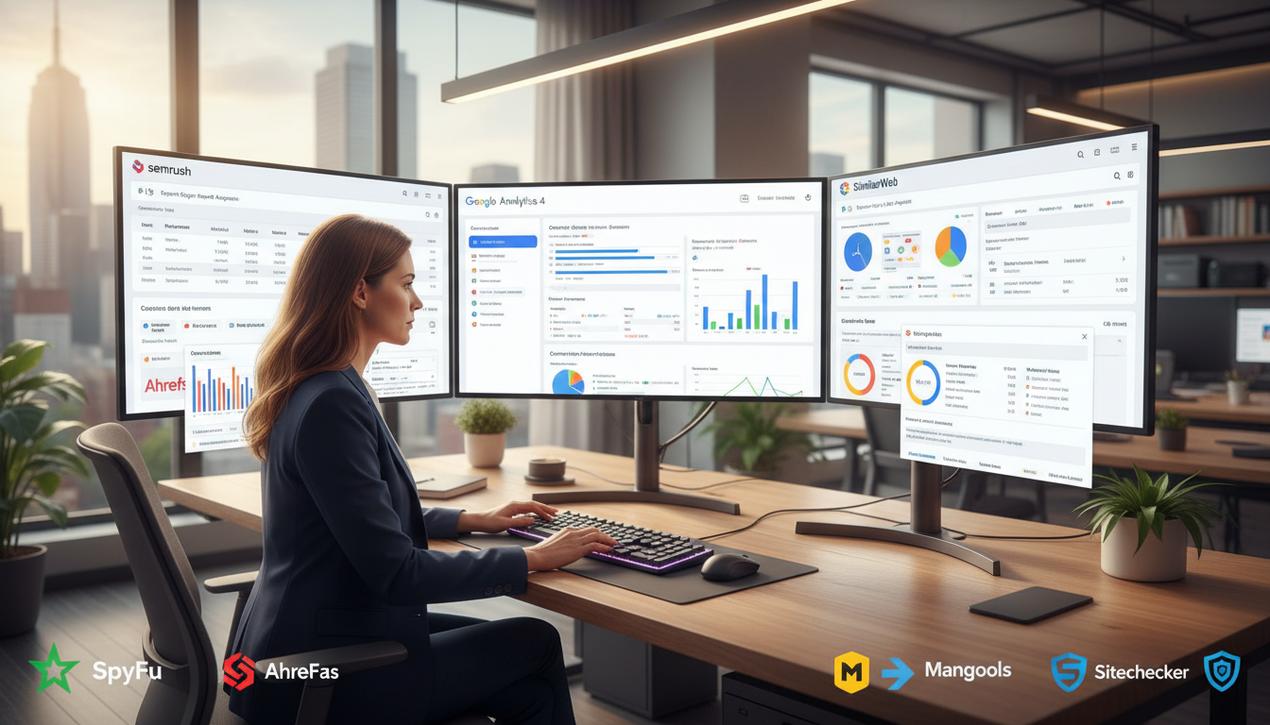Create a Mobile App: Your Guide to the Top 20 Tools in 2025


Having a mobile app is no longer a luxury reserved for tech giants; it’s a strategic necessity for any business wanting to effectively engage with its audience. The global mobile app market is experiencing explosive growth, with projections showing it will surpass $1 trillion by 2030. This trend is fueled by users who spend an average of five hours per day on their smartphones. Fortunately, the era when creating an app required months of development and colossal budgets is over. The “no-code” and “low-code” revolution has democratized the process, empowering entrepreneurs, SMBs, and content creators to build and launch their own applications without writing a single line of code. By 2025, nearly 70% of all new applications developed by organizations will use these technologies. These increasingly sophisticated platforms can reduce development time by up to 90% and now integrate artificial intelligence to accelerate design, automate workflows, and deliver rich user experiences. This comprehensive guide breaks down the 20 best tools to create a mobile app in 2025, explores the key market trends, and provides a clear methodology for choosing the perfect solution for your project.
Key Trends Shaping App Development in 2025
No-code application development is evolving at lightning speed. Simple static content generators have given way to robust platforms capable of creating complex and dynamic experiences. Understanding these trends is essential for choosing a tool that won’t be obsolete in six months and will leverage the latest innovations.
The Integration of Generative AI
AI is no longer a gimmick; it’s at the core of innovation in no-code platforms. In 2025, generative AI assists creators at every stage. It can generate complete interface designs from a simple text description (e.g., “create a UI for a coffee delivery app”), suggest optimized navigation structures, and even draft initial content. Tools like Appypie now include features where AI can help design a logo, select a harmonious color palette, or write marketing copy, significantly reducing time-to-market.
The Rise of Progressive Web Apps (PWAs)
Progressive Web Apps are a hybrid technology combining the best of the web and native applications. Accessible via a URL like a website, they can be “installed” on a phone’s home screen, send push notifications, and work offline. For businesses, the advantage is twofold: a single development for all platforms (iOS, Android, web) and no app store commissions to pay. Platforms like GoodBarber and Glide excel at creating high-performance PWAs, which are an increasingly viable and cost-effective alternative to traditional native apps.
Hyper-Personalization and “Super-Apps”
Users now expect tailored experiences. Modern app builders integrate advanced conditional logic and CRM connections to personalize the content displayed based on user profiles, history, or location. There is also a growing trend toward “Super-Apps”—modular applications that bundle multiple services (messaging, payments, e-commerce, bookings) into a single interface. The most advanced no-code platforms now allow for the construction of such experiences by connecting various third-party APIs and services.
How to Choose the Right Platform for Your App
Faced with a multitude of options, choosing the right tool can seem daunting. An informed decision depends on a clear analysis of your needs and long-term goals. Here are the essential criteria to evaluate before committing.
1. Define Your Project’s Scope and Specifications
Before you even start comparing tools, you must clarify your project. What are the essential features? Is it a content-based app, an e-commerce store, a booking tool, or a community platform? Who is your target audience? What is your budget? Having a clear scope document, even a simple one, will serve as your compass to rule out unsuitable solutions and focus on the most relevant ones.
2. Choose Between Native, Web App (PWA), and Hybrid
It’s crucial to understand the fundamental differences:
- Native App (iOS/Android): Offers the best performance and full access to phone features (GPS, camera, contacts). Ideal for demanding experiences like games or social networks, but more expensive to develop and maintain for each platform.
- Progressive Web App (PWA): Accessible through a browser, it doesn’t require a download from an app store. Simpler and more economical, it’s perfect for content, e-commerce, or service-based applications.
- Hybrid App: A compromise that wraps a web app in a native container, allowing for app store publication while sharing a single codebase.
Your choice will depend on your budget, performance needs, and distribution strategy.
3. Evaluate Features, Integrations, and Limitations
Each platform has its strengths. Some excel at e-commerce, others at content management or community features. Carefully examine the offered features: push notifications, geolocation, payment integrations, user management, and creating online forms. Also, consider third-party integrations (Airtable, Stripe, HubSpot). Finally, be mindful of limitations: the number of users, storage capacity, and push notification volume. A free plan may seem attractive, but its limitations can quickly hinder your growth.
A Comparison of the 20 Best Mobile App Creation Tools
Here is our selection of the highest-performing platforms in 2025, categorized by their strengths to help you find the one that perfectly matches your project.
Versatile and Powerful Platforms
- GoodBarber: A well-regarded European platform known for its sleek designs and powerful features, especially for creating PWAs and e-commerce apps. It is highly intuitive and offers an excellent balance between simplicity and functional depth.
- Glide: Revolutionizes app creation by turning spreadsheets (Google Sheets, Excel, Airtable) into functional applications in minutes. Ideal for internal tools, directories, or simple management apps.
- Adalo: A highly flexible no-code platform that allows for the creation of more complex applications with relational databases, custom APIs, and advanced business logic. Perfect for startups and bespoke projects.
- Bubble: The pinnacle of no-code power for web applications. Bubble offers almost total design freedom to create complex platforms like social networks, marketplaces, or internal ERPs. Its learning curve is steeper, but its potential is immense.
- Shoutem: Known for its high-quality templates and clean interface, Shoutem is an excellent choice for content-based apps, event guides, or local communities. It offers a very smooth creation experience.
User-Friendly and Specialized Solutions
- Appypie: A highly accessible platform that stands out for its deep integration of AI to assist in the creation process. Its drag-and-drop editor is one of the simplest on the market, making it ideal for beginners.
- PandaSuite: Focused on creating interactive content such as presentations, digital magazines, and educational apps. It excels at managing animations and triggers for a highly dynamic and engaging result.
- Mobincube: Positions itself as one of the most financially accessible solutions, offering a free plan supported by ads. It’s a great option for experimenting or for projects with a very small budget.
- Jotform App Builder: Known for its powerful forms, Jotform offers a simple and effective app builder perfect for service businesses or for creating internal tools based on data collection.
- Softr: An excellent tool for building web apps and client portals from Airtable or Google Sheets data. It’s incredibly user-friendly and offers beautiful, responsive templates to get started quickly.
Low-Code Tools for Technical Projects
- FlutterFlow: A low-code tool that allows you to visually build native iOS and Android apps using Google’s Flutter framework. It generates clean, exportable code, offering the best of both worlds.
- Google AppSheet: Enables the creation of business applications from data sources like Google Sheets, Excel, or SQL databases without coding. Perfect for digitizing internal processes.
- Siberian CMS: An open-source solution that you can host on your own servers, offering complete flexibility and control. It is aimed primarily at agencies and technical users.
- Buildfire: A robust and scalable platform that combines the simplicity of a no-code editor with the ability to add custom functionality via code, making it highly extensible.
- Retool: A powerful low-code platform specifically for building internal tools. It allows developers to build custom dashboards, admin panels, and other internal applications much faster than with traditional code.
Other Notable Alternatives
- AppMachine: Offers a creative approach with its “Lego block” style editor and automates part of the creation process by importing content from an existing website.
- MobAppCreator: Specializes in creating native applications, offering good performance and solid integration with mobile operating system features.
- iBuildApp: Provides a vast library of templates for various sectors (healthcare, education, sports), allowing for a quick start on industry-specific projects.
- AppInstitute: A practical tool for small businesses, especially restaurants or salons, with pre-configured features for online booking or ordering.
- Mobile Roadie: A high-end solution aimed at large enterprises and major brands. It offers advanced features for marketing, geolocation, and engagement for large-scale projects.
Key Features to Look For
Beyond the price and interface, certain features are critical to your app’s success and growth. Ensure the tool you choose offers:
- Effective Push Notifications: This is the primary channel for re-engaging your users. Check the options for segmentation, automation, and volume limits.
- Solid Third-Party Integrations: Your app shouldn’t exist in a silo. Make sure it can connect to your other tools (CRM, email marketing, payment gateways) via native integrations or platforms like Zapier.
- Monetization Options: If you plan to generate revenue, verify the available options: displaying ads, in-app purchases, subscriptions, or e-commerce features.
- Powerful Analytics: You need to be able to track user behavior. Clear dashboards on downloads, active users, time spent, and most viewed screens are essential for optimizing your application.
- Security and Compliance: Ensure the platform adheres to security standards like GDPR or SOC 2, especially if you handle sensitive user data. Data protection is a critical trust factor.
The dream of launching your own mobile app is more accessible today than ever before. Thanks to the power of no-code platforms, the technical barrier has been largely removed, leaving room for creativity and strategy. Success lies not in choosing the most expensive or complex tool, but in selecting the one that is most aligned with the clear objectives of your project. By defining your needs, understanding market trends, and rigorously evaluating features, you will give yourself the best chance to turn your idea into a successful application that is loved by your users.




